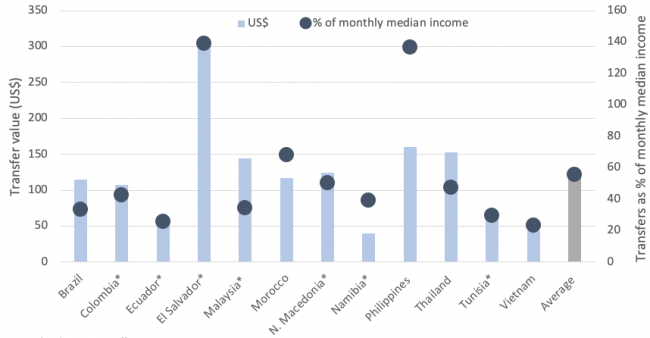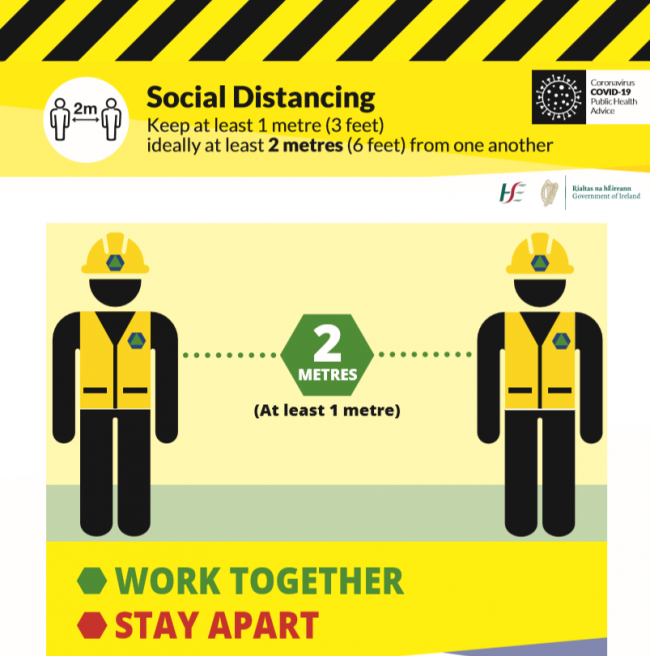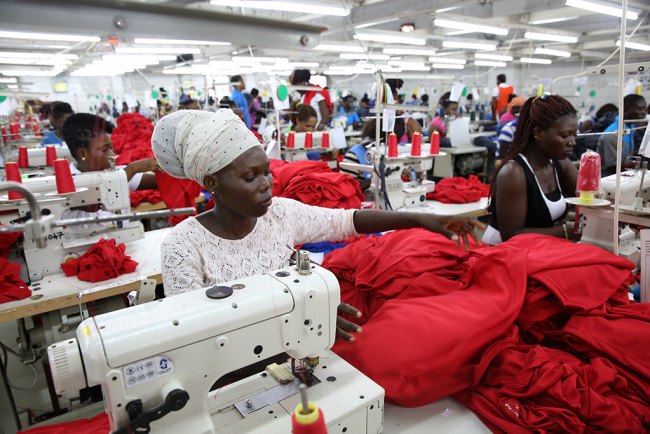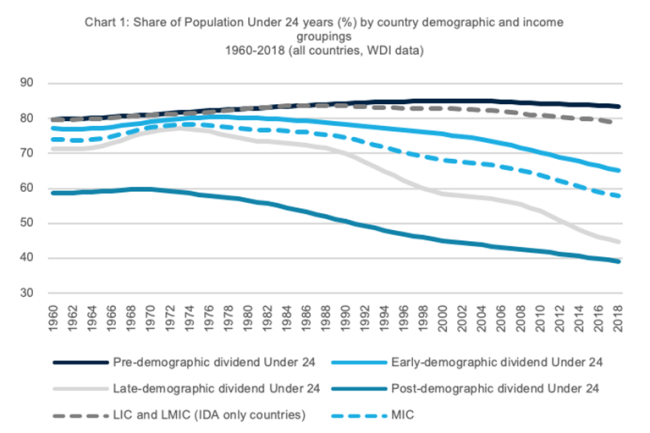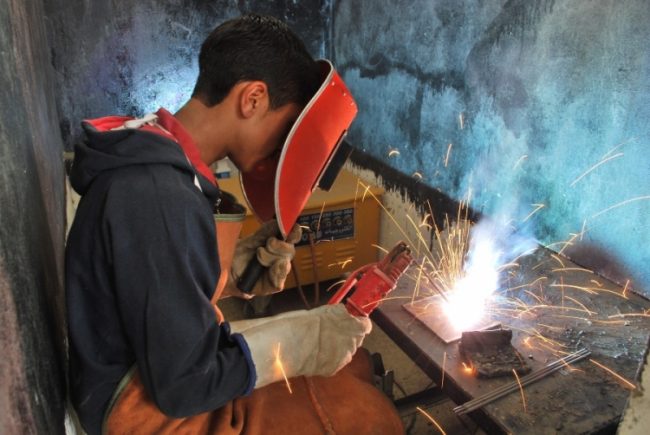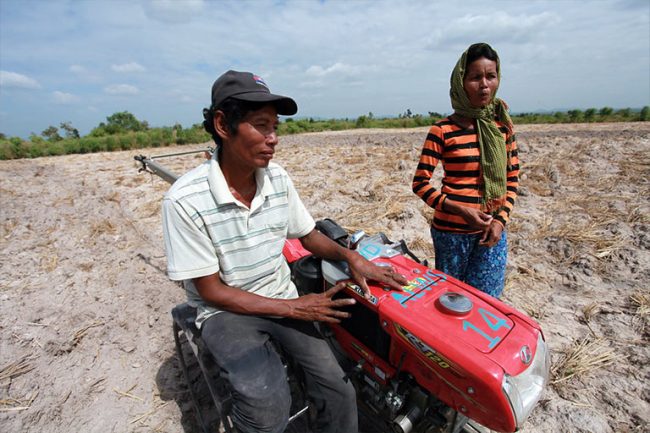#4 How Can Cash Transfers Support Informal-Sector Workers in the COVID-19 (Coronavirus) Crisis?
Author: Ugo Gentilini Let’s start with the facts. A third of the 418 social protection programs world-wide responding to COVID-19 (Coronavirus) are government-funded, non-contributory cash transfer programs. Why do cash transfer programs play such a prominent role? The pandemic demands rapid, concrete a response that injects resources directly. Cash transfer programs tick all the boxes. In…

